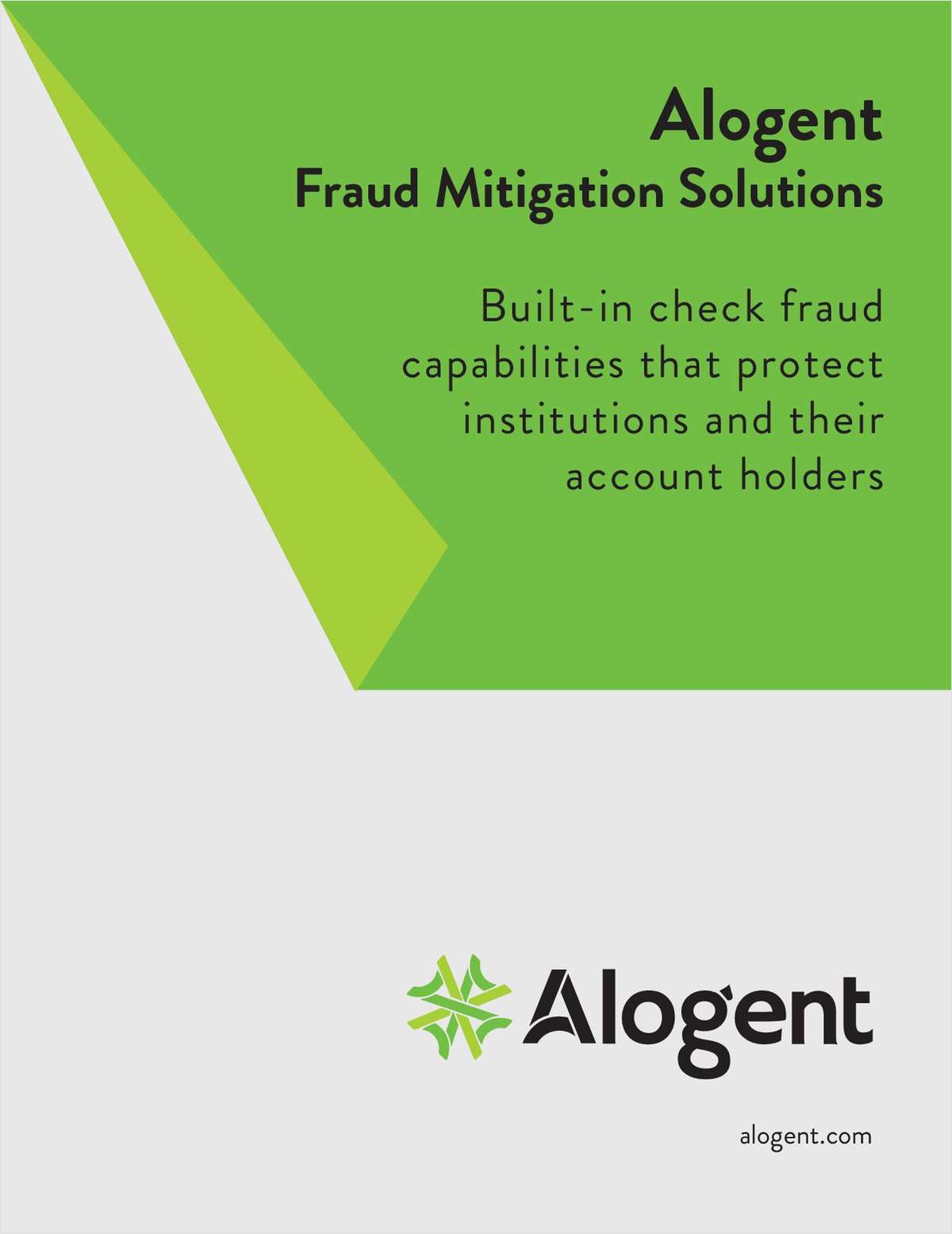Older workers are in trouble when it comes to retirement. They have little or no savings to meet what's going to be a huge income gap for most of them, and no time to correct the situation.
According to a new study from the Insured Retirement Institute, the typical retiree faces annual expenses of some $50,000 but can only expect an average of $16,000 a year from Social Security.
Considering that 40% of baby boomers have no retirement savings at all, and that more than two thirds of those who do have money set aside have less than $250,000 squirreled away, that means there's going to be a really big problem, really soon.
“I'll go out on a limb and venture that moving to Harlingen, Texas, which boasts the lowest cost of living in the country, is not a realistic option for most future retirees,” Cathy Weatherford, president and CEO of IRI, said in a statement.
As a result, she added, “Many boomers will have to make some tough decisions.”
And some of those decisions can be pretty unpalatable. Not just working longer or downsizing to save money, but such last-ditch options as having to ask family members for financial help or turning to assistance programs to make ends meet.
But IRI's new paper offers some strategies to help boomers increase their savings, cut their expenses and combine some sources of income to get by in retirement.
Here's a look at four strategies the study recommends.
 1. Don't retire yet
1. Don't retire yet
Waiting till age 70 to retire, instead of leaving the workforce at 65, pays off in several ways, the study said. First, there's the size of the retiree's Social Security benefit — 132% larger than if she retires at age 66.
Next, those inclined to shop for a lifetime income annuity will find that it's cheaper; buying a single premium income annuity at age 65 that would provide $25,000 in annual income, with a 2% annual increase, would cost $461,232, while waiting till age 70 would save $71,728 for a single premium of $389,504.
And third, working five extra years not only adds five more years of income but subtracts five years of relying on savings for living expenses.
 2. Boost those retirement contributions while you can
2. Boost those retirement contributions while you can
People 50 years old and older can add up to $6,000 annually to their retirement contributions to “catch up” to where they ought to be.
Even if boomers don't increase their standard retirement contributions, if they conscientiously make the catch-up contributions from age 50 to 70 and bring in an average 5.5% pretax investment return, that adds more than $239,000 to their retirement savings balance.
 3. Find someplace cheaper to live
3. Find someplace cheaper to live
Yes, you might actually want to consider moving to Harlingen, Texas — or someplace else that's got a lower cost of living or at least boasts lower costs for things you think you might need a lot of in retirement — such as health care.
You might think it's tempting to stay in Manhattan so you can continue to enjoy museums, shows and galleries, but the composite cost of living index for Manhattan is more than double the national average — meaning it will cost you twice as much to live there than in the “average” American city.
 4. Get healthy
4. Get healthy
Cut out the extra snacks, start jogging or working out, and don't think about the money situation too much, lest it boost your stress levels — stress is bad for your blood pressure.
Seriously, if you can quit smoking and adopt a healthy lifestyle, you might be able to cut down on the medical expenses that plague so many seniors — and that could make your retirement dollars go a lot further.
Figure out what's most important to you and judge accordingly.
Complete your profile to continue reading and get FREE access to CUTimes.com, part of your ALM digital membership.
Your access to unlimited CUTimes.com content isn’t changing.
Once you are an ALM digital member, you’ll receive:
- Breaking credit union news and analysis, on-site and via our newsletters and custom alerts
- Weekly Shared Accounts podcast featuring exclusive interviews with industry leaders
- Educational webcasts, white papers, and ebooks from industry thought leaders
- Critical coverage of the commercial real estate and financial advisory markets on our other ALM sites, GlobeSt.com and ThinkAdvisor.com
Already have an account? Sign In Now
© 2024 ALM Global, LLC, All Rights Reserved. Request academic re-use from www.copyright.com. All other uses, submit a request to [email protected]. For more information visit Asset & Logo Licensing.









